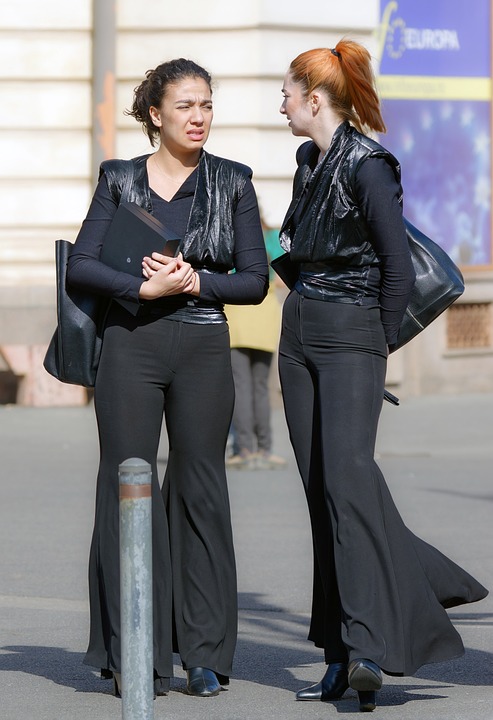In today’s fast-paced digital age, technology plays a significant role in shaping how cultures interact, evolve, and transmit their values, traditions, and beliefs. The rapid advancements in technology have revolutionized the way information is shared and received, leading to profound changes in how cultures are perceived and experienced. This article will delve into the intricate relationship between technology and cultural transmission, exploring its historical context, current state, and future predictions.
Historical Context
Throughout history, cultures have relied on various means of communication and transmission to preserve their heritage and pass it on to future generations. From oral traditions and storytelling to written texts and art, each medium has played a crucial role in shaping cultural identity. With the advent of technologies such as the printing press, radio, television, and the internet, the process of cultural transmission has undergone significant transformations.
– The printing press revolutionized the dissemination of information, allowing for mass production of books and newspapers, leading to increased literacy rates and widespread access to knowledge.
– The invention of the radio and television enabled cultures to reach a broader audience, shaping popular culture and influencing societal norms.
– The internet has revolutionized cultural transmission by connecting people from different parts of the world, allowing for the exchange of ideas, customs, and traditions in real-time.
Current State
In the digital age, technology has become an integral part of everyday life, influencing how cultures interact and communicate. Social media platforms, video streaming services, and virtual reality experiences have made it easier for individuals to engage with diverse cultural expressions and broaden their perspectives.
– Social media platforms like Facebook, Instagram, and Twitter have become instrumental in connecting people from different cultural backgrounds, facilitating cross-cultural dialogue and exchange.
– Video streaming services like Netflix and YouTube have enabled the global dissemination of cultural content, allowing for the sharing of films, music, and documentaries from around the world.
– Virtual reality experiences offer immersive opportunities to explore cultural landmarks, festivals, and traditions, providing a deeper understanding of diverse cultural practices.
Future Predictions
As technology continues to advance at a rapid pace, the impact on cultural transmission is expected to deepen and expand. Artificial intelligence, virtual reality, and augmented reality are poised to revolutionize how cultures are perceived and experienced, opening up new possibilities for cross-cultural communication and understanding.
– Artificial intelligence algorithms can analyze vast amounts of cultural data, helping to identify patterns and trends in cultural transmission, leading to more personalized and engaging cultural experiences.
– Virtual reality and augmented reality technologies can create interactive cultural simulations, allowing individuals to immerse themselves in different cultural settings and traditions, fostering empathy and cross-cultural understanding.
Conclusion
In conclusion, the influence of technology on cultural transmission is profound and far-reaching. From the historical development of communication mediums to the current state of digital interconnectedness, technology has played a pivotal role in shaping how cultures interact and evolve. As we look towards the future, it is essential to embrace the opportunities that technology offers for cross-cultural dialogue and understanding. By leveraging the power of technology, we can bridge cultural divides, foster empathy, and celebrate the rich diversity of human expression. Thank you for engaging with this article, and we encourage you to explore further resources on this fascinating topic.
